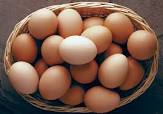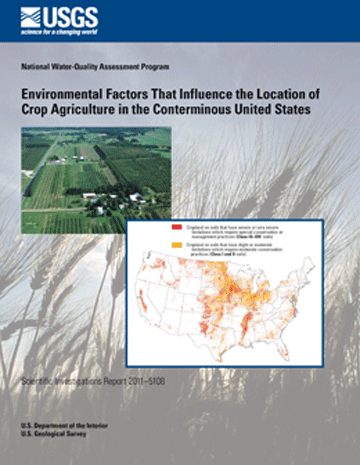THE EGG CYCLES
How are eggs produced?
On factory fatms, where the vast majority of the global egg supply comes from, eggs are produced by subjecting female chickens, known as laying hens, to unbelievable acts of cruelty. Thousands of birds are crammed together, often in filthy, darkened places where the birds have almost no ability to engage in natural behaviors. Meanwhile, their bodies are pushed to produce as many eggs as possible: almost one a day. Compare that to a wild chicken, who would naturally lay close to 12 eggs in one year, and you’re confronted with a nearly 3,000% increase in egg production—3,000% more than what is ‘natural’ for a living, breathing hen.
At the end of their abbreviated lives, hens are sent to the slaughterhouse, where they're destined to become cheap meat via a brutal process known as live shackle slaughter
The life cycle of laying hens
The life cycle of hens on factory farms are filled with exploitation at every turn. From birth until death, these birds are subjected to treatment that's far from their best interest, to say the least.
1. Hatchery
Industrial hatcheries are tightly controlled and highly mechanized production facilities designed to bring thousands of chicks into the world simultaneously. These environments are a far cry from what baby chickens would experience in the wild, where they would be protected by parents and allowed to explore their new homes. Instead, layer hens are born into a sterilized world of metal and heat lamps, where chicks huddle together in the absence of their parents— whom they’ll never get to meet.
Shortly after birth, most chicks are sent down a conveyor belt, where they're injected with a vaccine to protect them from a common contagion, known as marek's Disease. Then, chicks are sexed—a technical term that leads to a tragic process, in which male and female chicks are separated, and the lives of male chicks come to an abrupt end. Although some countries are banning this practice due to its overt cruelty, it’s still widely practiced. In many egg production facilities. As a result, male chicks are separated from females and sent tumbling into a macerating machine, where they are ground up alive. This needless violence, known as chick culling, happens because the egg industry considers male chicks (who will never lay eggs) to be useless. No eggs. No profit. No life worth living.
The remaining—all-female—chicks then experience their first mutilation. Farther down the conveyor belt, chicks encounter a debeaking machine, where portions of their beaks are sliced off—rarely (if ever) with any numbing agents or pain killers. A chicken’s beak is a crucial sensory organ, allowing them to navigate their world. In a way, a chicken’s beak is like our human hands. Yet on factory farms, beaks are simply seen as dangerous weapons that can peck at other distressed hens. But none of this is the fault of the hens.
2. Growing
Chicks are then sent to grow-out barns, where they reside until they are around 16 weeks old. Baby chickens, known as pullets, are confined in these barns and largely denied access to the outdoors, with no way to feel the sun on their backs or the wind through their feathers. Instead, they wait in this dimly lit barn for the next step of the production process, which, for many millions of hens, is the cruelest of all.
3. Maturity
Once pullets have matured, they're sent to egg production barns where they will begin producing eggs—lots and lots of eggs. Through selective breeding, hens’ bodies have been forced to produce unnaturally high volumes of eggs. In the wild, hens would lay one clutch per year, consisting of 12 or so eggs. On factory farms, hens lay an egg nearly every single day. This unnatural laying cycle takes a serious toll on their bodies, causing a host of medical issues, like prolapses and brittle bones.
When hens are around 72 weeks old, their ability to produce eggs at such an unnatural rate begins to drop. They are then shipped to their final destination, where they meet a terrifying and brutal end



Comments